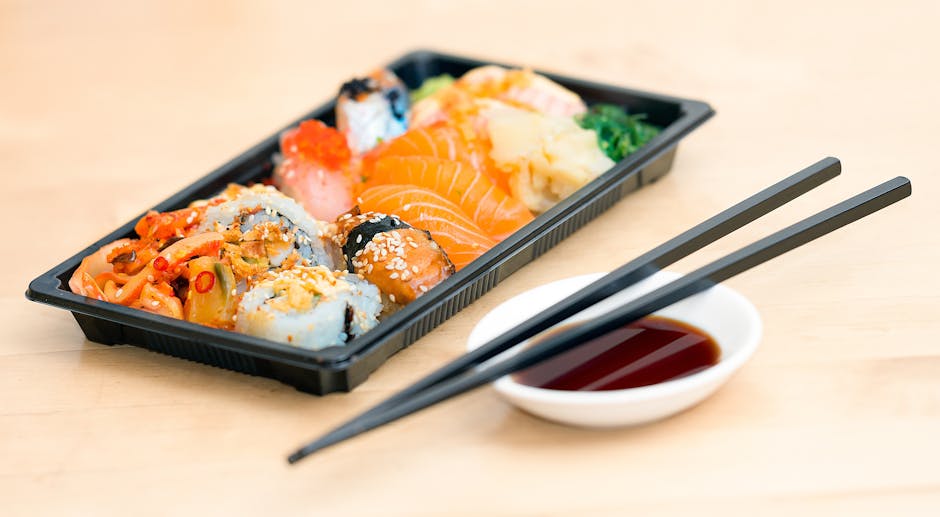Did you know that puppies have the ability to hold their bladder for only about one hour for every month of their age? This fascinating fact highlights the urgency of effective potty training methods for new dog owners eager to gain control over their puppy’s habits. In this article, we’ll explore how to potty train a puppy fast, looking back at its origins, diving into current trends, offering practical tips, and predicting future innovations.
Historical Background of Potty Training Puppies
The Evolution of Dog Training
Historically, dogs were domesticated for various purposes, including hunting and herding. With companionship becoming a significant role for dogs over centuries, proper behavior management, including potty training, emerged as an essential aspect of dog ownership. Early dog training methods often relied on rough corrections, but as our understanding of canine behavior evolved, so too did the techniques, leading to the development of more humane and effective training approaches.
Initial Potty Training Methods
In the early days of dog ownership, potty training mainly involved using newspapers or outdoor spaces as designated areas. Owners would watch for signs of their puppy needing to relieve itself and guide the pet to the appropriate spot. This rudimentary method laid the groundwork for the more structured training techniques we see today.
Current Trends and Statistics in Puppy Potty Training
The Rise of Positive Reinforcement
Recently, there has been a significant shift towards positive reinforcement as a primary training technique. Techniques involving rewards for desired behaviors, rather than focusing on negative punishments, have shown to yield better results. This trend is supported by various studies indicating that puppies trained with rewards tend to learn faster and maintain behavior more consistently.
Statistics on Potty Training Success Rates
Recent surveys show that approximately 85% of dog owners report using some form of structured potty training method successfully. Moreover, puppies trained consistently and exposed to routine often achieve full potty training success by six months of age. These statistics underline the importance of dedication and consistent training practices, no matter the method chosen.
Practical Tips for Fast Potty Training
Establish a Routine
Creating and sticking to a potty schedule is one of the most effective strategies for fast potty training. Puppies thrive on consistency, so take them out for bathroom breaks at regular intervals, especially after meals and naps. This will help them learn when and where is the appropriate time to relieve themselves.
Use Positive Reinforcement Techniques
Reward your puppy immediately after it successfully goes potty outside. This could be in the form of treats, praises, or playtime, reinforcing the idea that going outside is a positive behavior. Consistent rewards help establish the connection between the action and the desired behavior faster than relying on corrections for mistakes.
Future Predictions and Innovations in Potty Training
Technology in Puppy Training
As pet ownership evolves, so does the integration of technology into training practices. Future potty training might include smart collars or apps that track a puppy’s bathroom habits, providing owners with data to optimize training schedules. This tech could revolutionize how pet owners manage their puppies’ potty training routines.
Innovative Training Products
The market’s future may also feature innovative products designed to assist in potty training. From odor-neutralizing mats to automated training systems that reward puppies virtually, the possibilities are endless. These innovations could make the process smoother and more manageable for busy pet owners.
In conclusion, understanding the history, current trends, practical strategies, and future innovations in potty training can arm new puppy owners with the tools they need for success. With a solid plan and patience, potty training can become a routine part of a joyful journey alongside your furry friend.
Final Thoughts on How to Potty Train a Puppy Fast
Successfully potty training your puppy requires a mix of consistency, patience, and positive reinforcement. By understanding your puppy’s signals, establishing a routine, and employing effective training techniques, you can create a more enjoyable experience for both you and your pet. Remember, every puppy is different, so stay flexible and ready to adapt your approach as needed.
Further Reading and Resources
-
The American Kennel Club’s Potty Training Guide: This comprehensive guide offers expert advice on potty training techniques and troubleshooting common problems. It’s a great resource for new pet owners looking for authoritative information.
-
Puppy Training Basics by the ASPCA: The ASPCA provides insightful tips and best practices for training your new puppy, including focusing on potty training and behavioral management. Their advice comes from professionals and emphasizes humane training methods.
-
Books on Puppy Training: Consider reading “The Art of Raising a Puppy” by the Monks of New Skete for in-depth strategies on puppy training that include potty training alongside overall obedience techniques. This book is highly recommended for anyone looking to strengthen the bond with their pet while ensuring good behavior.
-
YouTube Puppy Training Channels: Several professional trainers offer free puppy training videos with step-by-step instructions and live demonstrations. Channels like “Kikopup” focus on positive reinforcement methods and common pitfalls in potty training.
-
Online Puppy Training Courses: Websites such as Udemy or Coursera offer specific courses on puppy training that include modules solely focused on potty training and overcoming challenges. These resources are useful for those who prefer structured learning environments.




